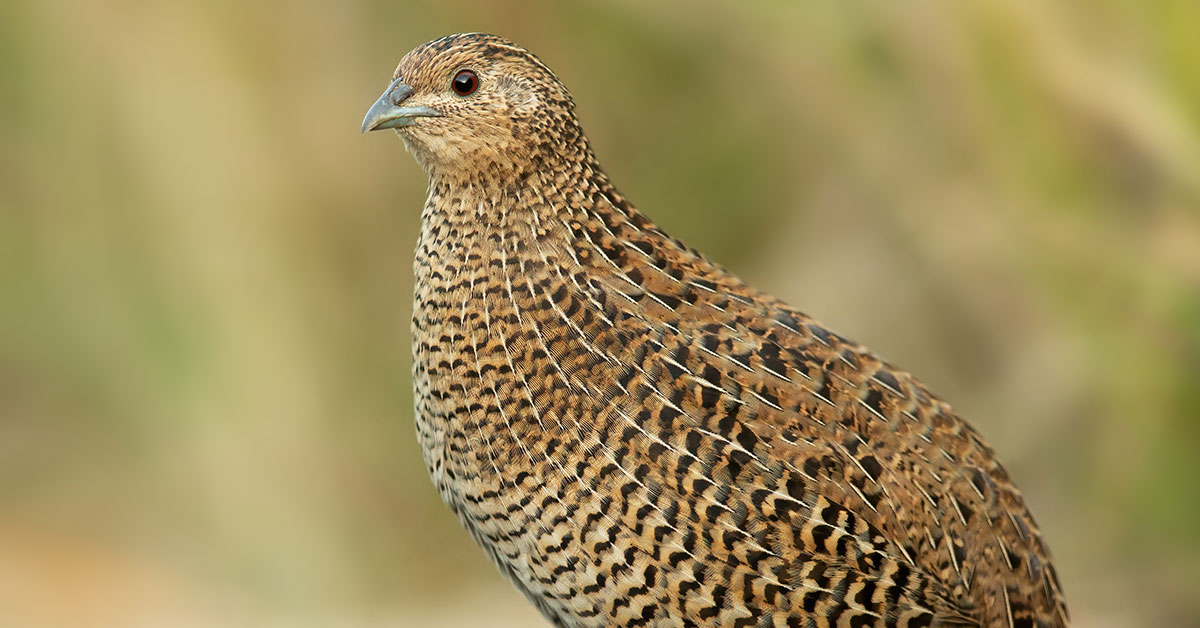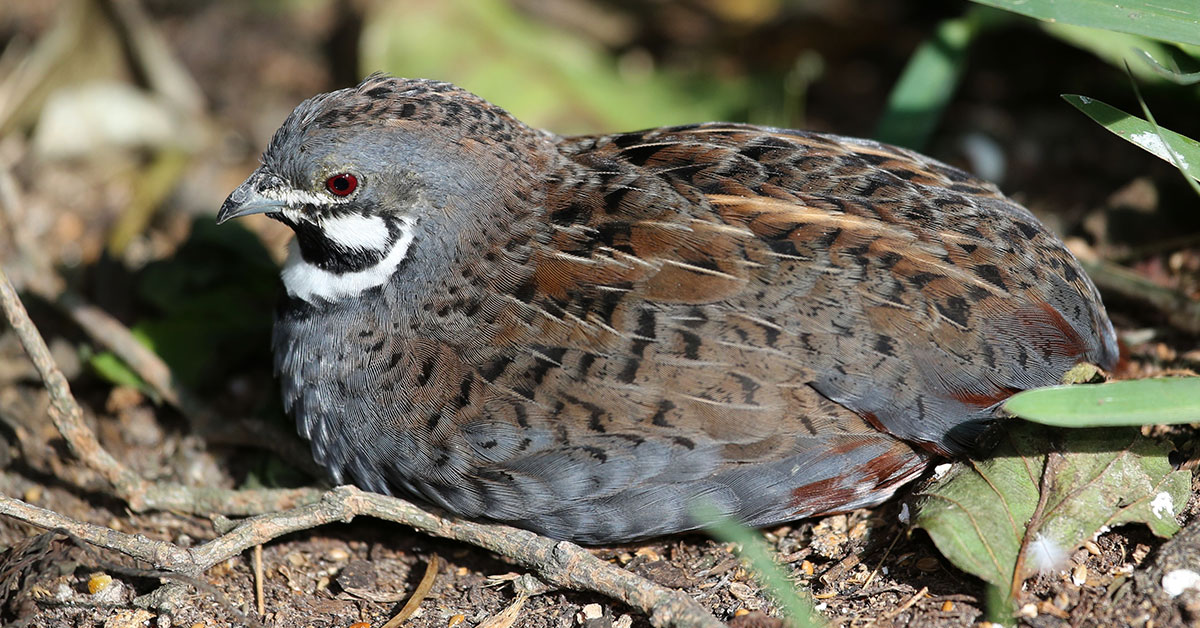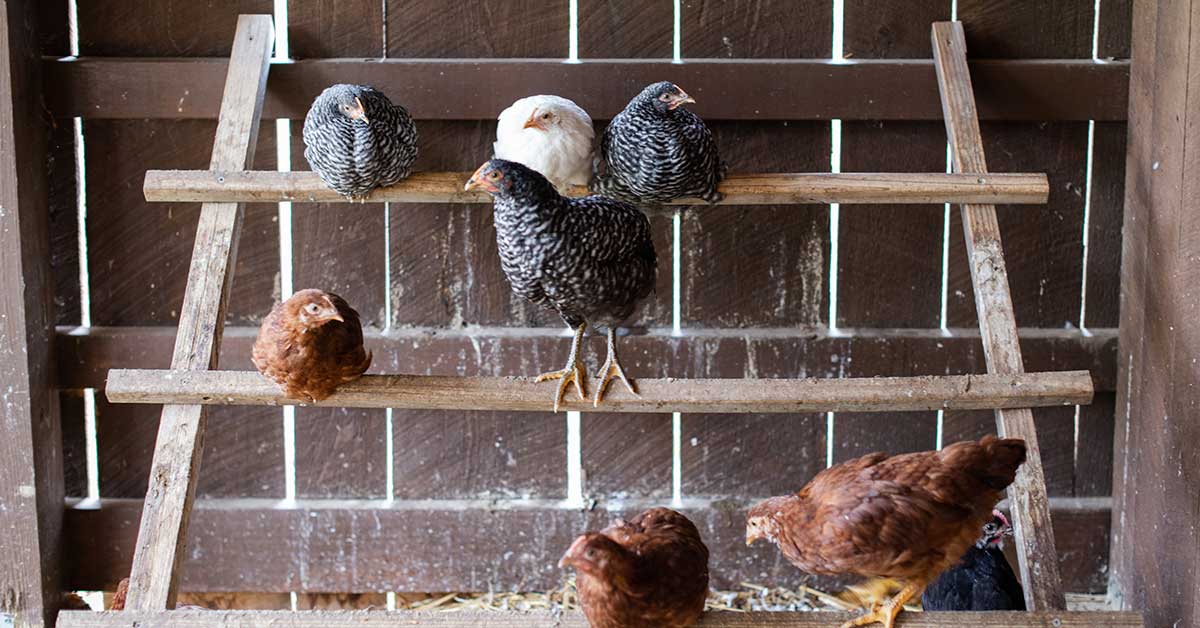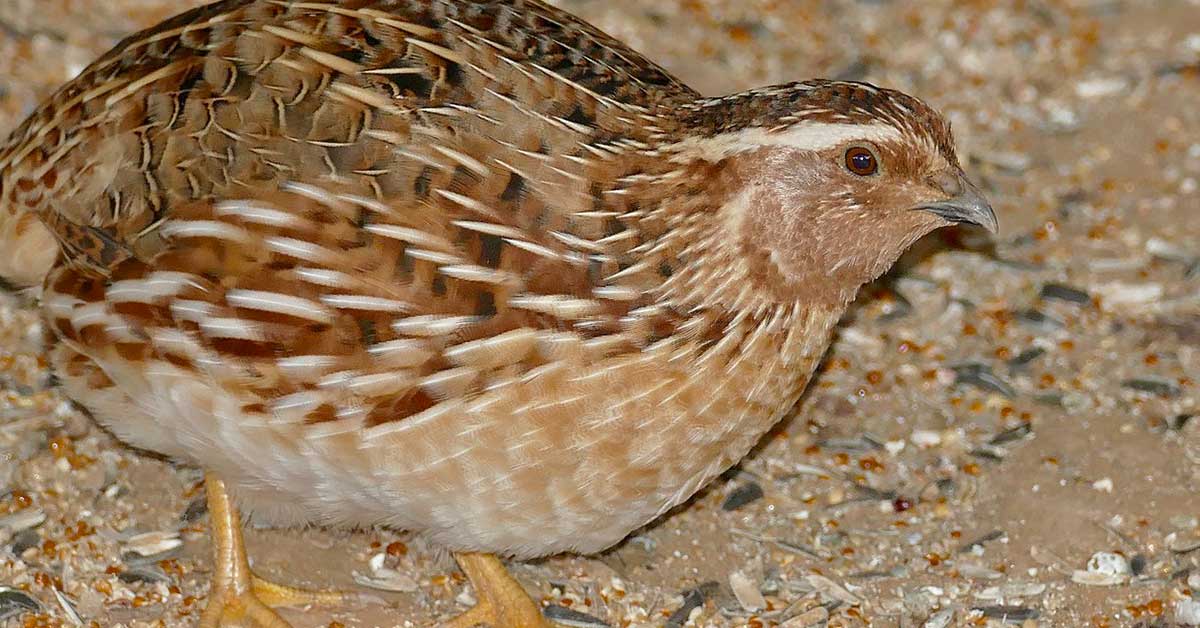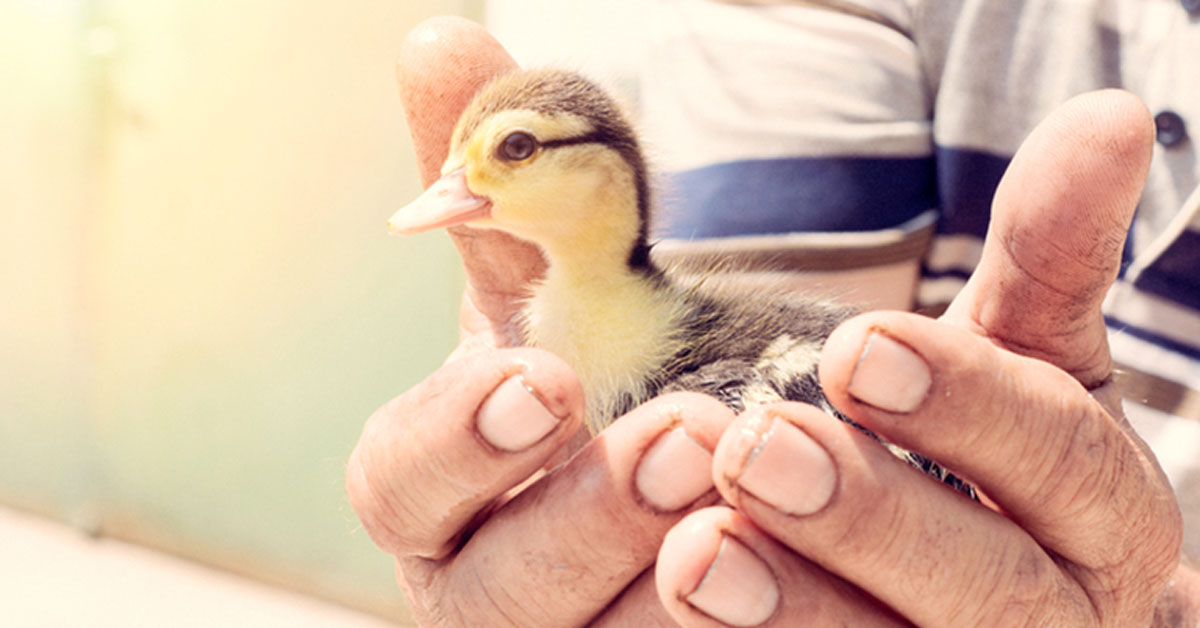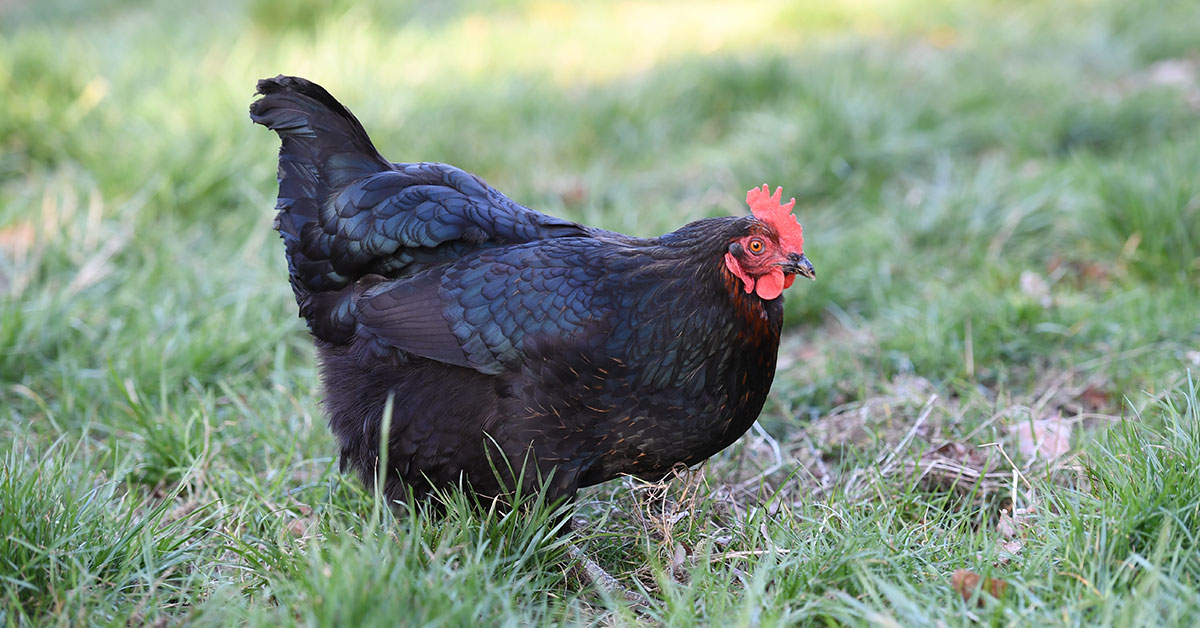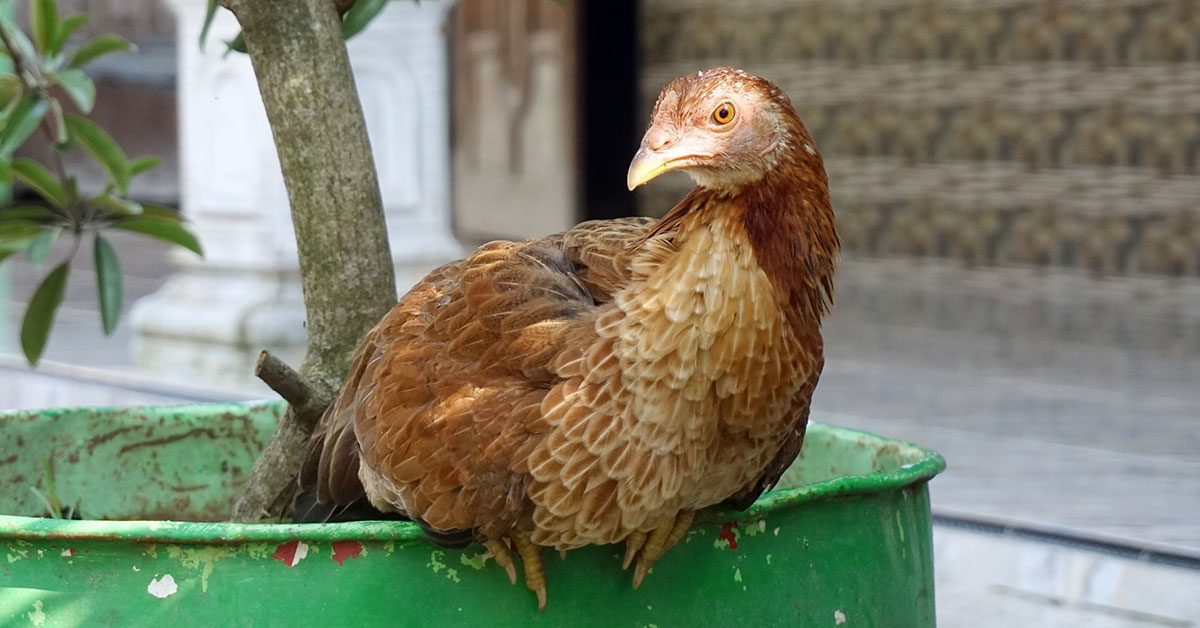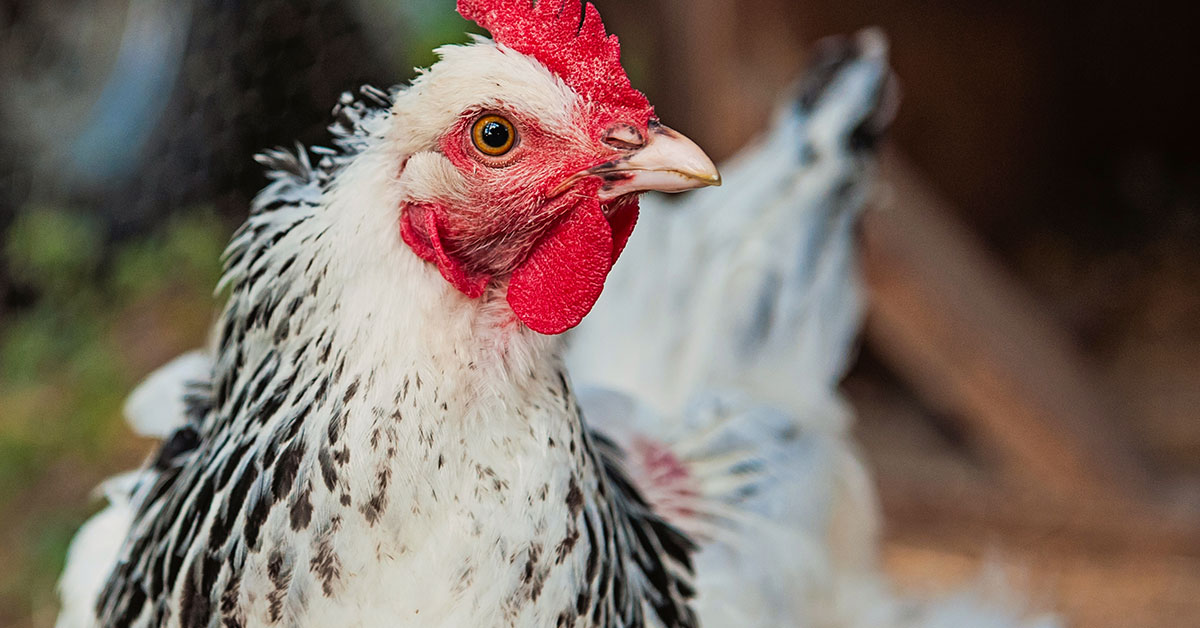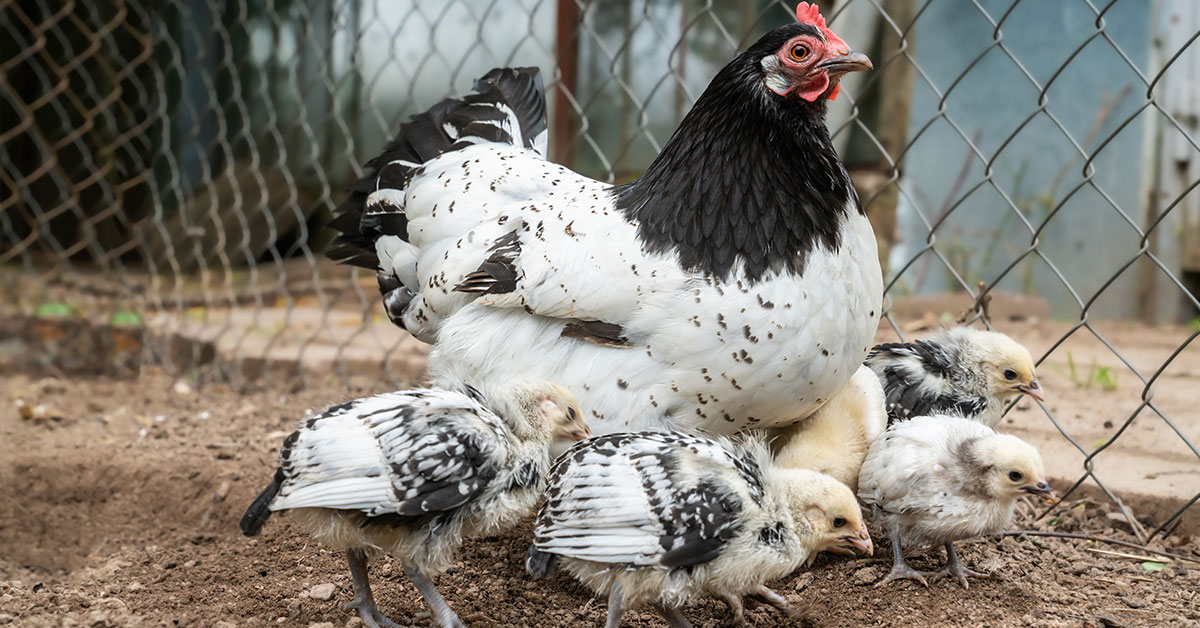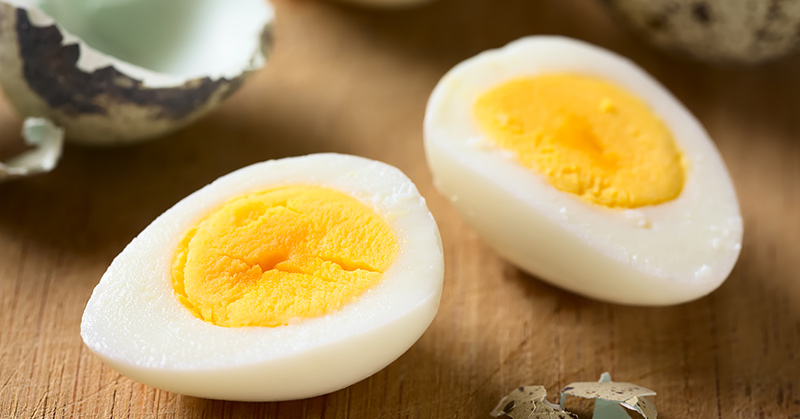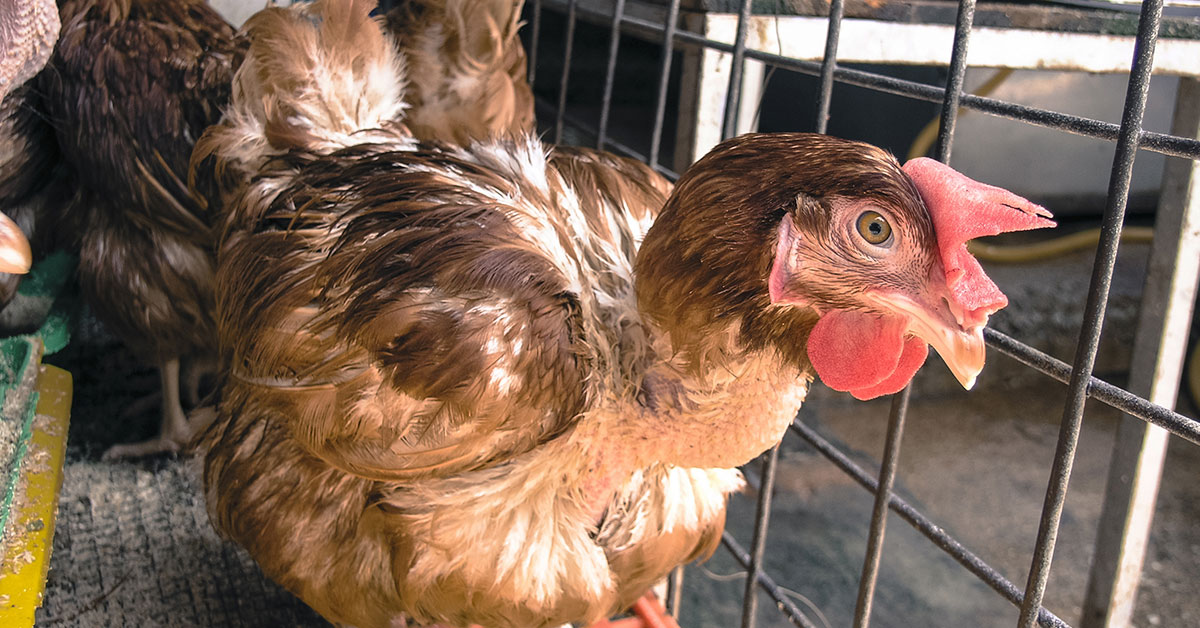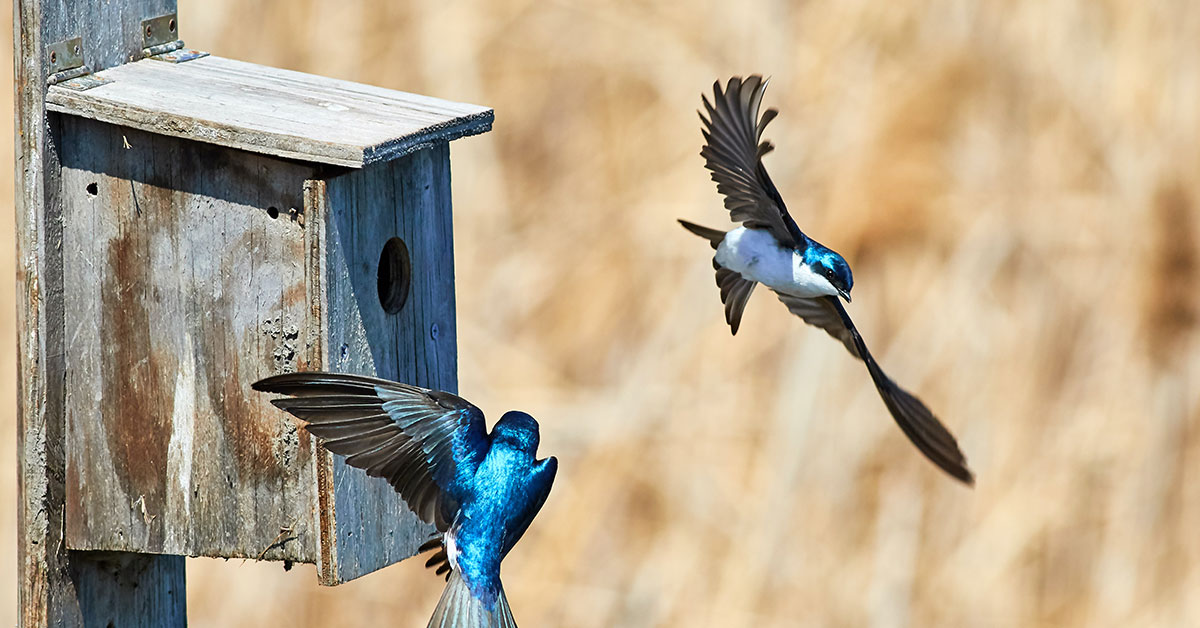More and more, people are looking to take control of their food and source it themselves, whether it be growing a garden or keeping chickens. But here’s the reality: not everyone has the space for a garden or chickens. And for folks with gardens, chickens can be a real nightmare. So what’s the solution, give up? Nah, innovate. There’s a bird that readily lays delicious, nutritious eggs. That bird is the quail. Quail are small, usually weighing in just under a pound (.45kg), they’re quiet, and they’re easy to care for. Finding where to buy quail eggs can be a difficult challenge, but raising them yourself is easy! Here’s how to raise coturnix quail.
Read More: How To Boil Quail Eggs Perfectly
How to raise Coturnix quail: pros and cons
Pros: Quail are small, easy to care for, incredibly easy to hatch, and they’re quiet (provided you don’t keep a rooster.) If you do decide to keep a rooster to breed your quail, the call they make is difficult to identify and is mistaken by most as a wild bird. Quail are even small and quiet enough to be kept in an apartment.
Cons: Really, there aren’t very many cons to quail. If you love your quail, they can be heart breakers. The average quail lives only two to three years. The eggs are also quite small, about one-third the size of a chicken’s egg. But think about what you eat for breakfast. If it’s two eggs, keep six quail hens. Breakfast solved!
Read More: Where To Buy Quail Eggs
Selecting a breed
There area few types of domesticated quail that are easy to keep, but only two breeds of quail we would recommend.
Coturnix quail are the most common type of domesticated quail used for meat and eggs. They come in tons of different color varieties, like brown, silver, gold, and more. They have a short incubation period, just 18 days, and a short maturation period of around 6 weeks before the first eggs are laid. Coturnix quail will typically lay 250 eggs in their first year of life and 150 in their second. At the age of 3, they’ve mostly quit laying.
Bobwhite quail are a bit more difficult to raise than coturnix quail. Their incubation period is 24 days and their time to maturity is 21-25 weeks. Even though you experience delayed gratification with raising bobwhite quail, they make up for it with a longer lifespan, usually over 6 years, compared to 2-3 for coturnix quail.
Generally speaking, if you’re a first-time quail keeper, I recommend coturnix quail.
Incubating quail eggs
Hatching coturnix quail is absurdly easy. They’re one of the easier type of poultry to hatch. Their incubation period is a short 18 days. Quail incubate best at around 99.5°F (37.5°C). Humidity in the incubator needs to be kept at 55%.
Once set in the incubator, the eggs will need to be turned a minimum of four times a day. You can do this by hand or with an automatic egg turner. If you plan to hatch a lot, I recommend the egg turner.
Three days before your quail chicks are set to hatch, stop turning the eggs, increase the humidity to 65%, and don’t open the incubator again until your chicks have hatched.
Read More: Complete Guide To Incubating Quail Eggs
How to raise Coturnix quail chicks
Coturnix quail are tiny when they hatch, but they already know how to do what it is they need to do in order to survive. Still, a little human assistance goes a long way. To successfully raise chicks, you will need a brooder, a heat lamp, 28% protein gamebird chick feed (or higher if you can find it) and a source of clean, fresh water. At a few weeks old, your young quail will greatly appreciate bugs like mealworms to eat as a snack. Excellent protein for helping them grow!
When your chicks hatch, they will need a heat lamp to provide them with a 95°F (35°C) heat source. The temperature is reduced by 5°F each week until they are fully feathered out at around 5 weeks of age. At this point, your chicks can move to their adult home.
Read: Complete Guide To Raising Quail Chicks
Breed purpose
People raise coturnix quail (also known as Japanese quail) for several reasons, including:
- Meat Production: Coturnix quail are raised for their meat, which is low in fat and high in protein, making it a healthy alternative to other types of poultry. They mature quickly and can be harvested for meat in as little as 6-8 weeks.
- Egg Production: Coturnix quail also lay a large number of eggs each year, making them a popular choice for egg production. They are considered to be one of the most productive egg-laying poultry species, with some strains laying up to 300 eggs per year.
- Pet and Exhibition: Coturnix quail are small, attractive birds that are often kept as pets or for exhibition purposes. They come in a variety of colors and patterns, and are relatively easy to care for.
- Research: Coturnix quail are commonly used in scientific research studies due to their small size, rapid maturation, and relatively low cost compared to other animal models. They have been used to study a wide range of topics, including genetics, physiology, behavior, and disease.
- Education: Coturnix quail are also used for educational purposes, particularly in schools and zoos, to teach children about the life cycle and behavior of birds.
Overall, coturnix quail are a versatile and popular bird that are raised for a variety of reasons, including food production, pet and exhibition purposes, scientific research, and education.
Housing your quail
If I told you that you could throw a quail in a shoe box and it’d be happy, it would be only a slight exaggeration. Quail are not fussy about their housing and handle confinement well. Quail must be caged. They cannot free range. Free range quail are gone quail. But while they must be caged, there are steps you can take to ensure that they have a proper, healthy habitat.
A quail needs two square feet of floor space in order to thrive, but the measurements change the more square footage you have. For example, if you had a 6 x 2 foot enclosure for your quail, it would house 6 quail comfortably. 8 is pushing it. 12 would be too cramped.
If you had a 10 x 10 foot enclosure, you could easily fit 100 to 120. In general, quail are social and huddle together. If you house 100 quail in a 100 square foot space, you’ll find there’s quite a bit of floor space available for moving around. This isn’t a bad thing, but you’ll find you can probably add another dozen or so quail to a pen like this.
Quail can be raised either on the ground or on wire. In my experience, they are happier on the ground, though the wire can be a bit more sanitary. A good compromise is a pen with a half wood, half wire floor. That way cleanup is a bit easier and they can get off the wire if they desire.
Quail need to be fed a gamebird feed, usually 22% protein, beginning at six weeks old. Continuing to feed a high protein chick feed can kill hens by causing egg binding. A fresh water source is also required.
How to turn quail into cash
So let’s say it’s three months down the road, you’ve built a 10 x 10 foot aviary, and you’ve got 100 happy quail scratching in the dirt, eating bugs, and laying lots of eggs. You’re probably swimming in them at this point! Here’s where a little market research comes in handy. Let’s talk about how to raise quail and turn a profit.
A quail will eat about 14 grams of food a day. So 100 quail will eat around 3 pounds of feed in a day. Priced at $18 for a 50 pound bag (which is a pretty standard price) your quail are eating through about $1 a day in feed. But if you have 100 hens, they’ll probably be laying around 80 to 100 eggs per day. The feed cost of each egg is approximately $.02.
A dozen quail eggs will sell in a specialty market for upwards of $10. Even if you halved that and sold extra eggs at $5 per dozen, you’ll be selling them for around $.42 per egg, so a $.40 profit on each egg. So right there, you’re making around $30 off of $1 of feed.
Will you get rich? Not with 100 quail. But it’ll cover the cost of your feed and the beer you drink while watching them hop, scurry, dig, and live out their happy quail lives.
Keep Reading: How To Keep Chickens Out Of Your Garden
